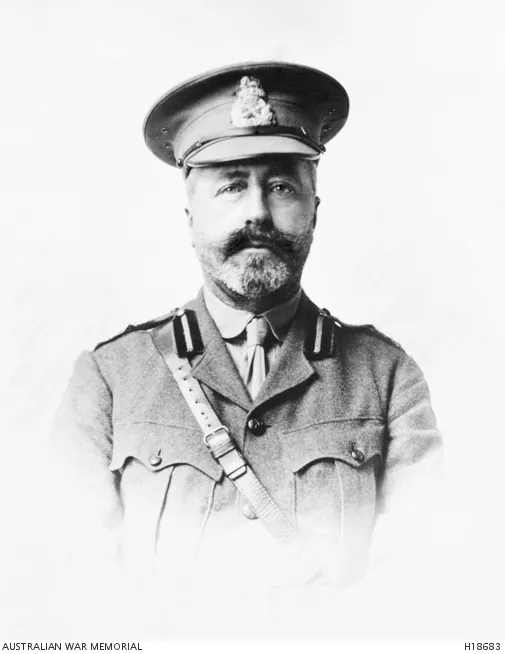Richard Fetherston
Richard Herbert (Bertie) Joseph Fetherston was born into a medical family in Melbourne in 1864. During the early and mid-1880s, he practised medicine and midwifery in Dublin, Ireland, and studied at the University of Edinburgh, Scotland.
He returned to Melbourne in 1887, and soon after was appointed resident medical officer at the Women’s Hospital, where he worked until 1914. That year, Fetherston was appointed inaugural honorary gynaecologist at the (Royal) Melbourne Hospital, a position he held until 1924.
With the outbreak of the Great War, Fetherston volunteered for active service with the AIF. Deemed indispensable to Australia, Colonel Fetherston was appointed director-general of medical services (DGMS), a part-time role based in Melbourne, and tasked with raising and overseeing the AIF medical services. During the first of his short visits the Australian Army Medical Corps overseas, he inspected the living and working conditions of nurses on Lemnos. His findings supported their complaints of appalling conditions and unreasonable behaviour by Colonel Fiaschi.
Fetherston was a major general from 1916. Following the armistice, he stood down from the position of DGMS at his own request. He had been mentioned in despatches twice and awarded several medals and decorations for his service. As well as making varied contributions to medical practice in Australia, he was a member of the Victorian Legislative Assembly between 1912 and 1924.
He died at his St Kilda home in 1943.
